Recognize Individual Differences in Your Team
“Change is in the air.” I chuckled at the headline in an airline magazine as I planned this article. That’s a constant as we repeatedly hear that the pace of change will never be slower than it is today. Still, most people struggle with the reality of yet more change on the horizon.
The best change leaders recognize the individual differences among their team members as they lead change. They approach each person based on his or her unique personality and preferences. This article offers suggestions for guiding common personality types through a change process.
How to engage personalities in the change process
Invite directive members of your team to discuss potential changes as they emerge. These individuals are more willing to support change efforts when they’ve had a part in shaping them. Once decisions are made, they make strong partners in rolling out change initiatives and executing on them.
Assign creative thinkers to explore new ideas and alternatives to meet the challenges at hand. Provide avenues for brainstorming and collaboration. Establish a framework to capture their best ideas. Leverage their strengths to create a culture of innovation within the organization.
Give introverted team members time and space to think about new initiatives before asking them to respond. As internal processors, they like to think before they talk. They’re also more likely to share ideas when asked questions that draw them into the discussion.
Engage extroverts in conversation throughout the change process. Tap into their natural energy to explore ideas in the discovery and planning phases. Leverage their interpersonal skills to communicate change initiatives and build excitement for them.
Provide detail-oriented team members with enough information to show concern for the practical application of new ideas. These individuals are typically very analytical and can be skeptical about the feasibility of change initiatives. These traits position them to find gaps and weaknesses in plans for implementation. Invite their hard questions and input as you shape these plans.
Lean on your most relationship-oriented individuals to gauge how the rest of the team is doing. They are most concerned about the impact of potential change on the people involved. Their natural intuition for the health and well-being of their colleagues makes them well-suited to monitor morale and recognize when there’s a need to rally the troops.
Get to know your team members at a deeper level
You can’t tap into these unique personality styles and preferences if you don’t recognize them in your team members. Assessment tools offer significant insights to help you get to know your team on an individual basis. I use Path 4 and 6 assessments from RightPath Resources, which focus specifically on workplace behavior. They also generate talking points to help build stronger working relationships within the team.
Now is a great time to invest in your team and start engaging them in your change initiatives for 2019.
This article was first published on the LeadChange blog.









